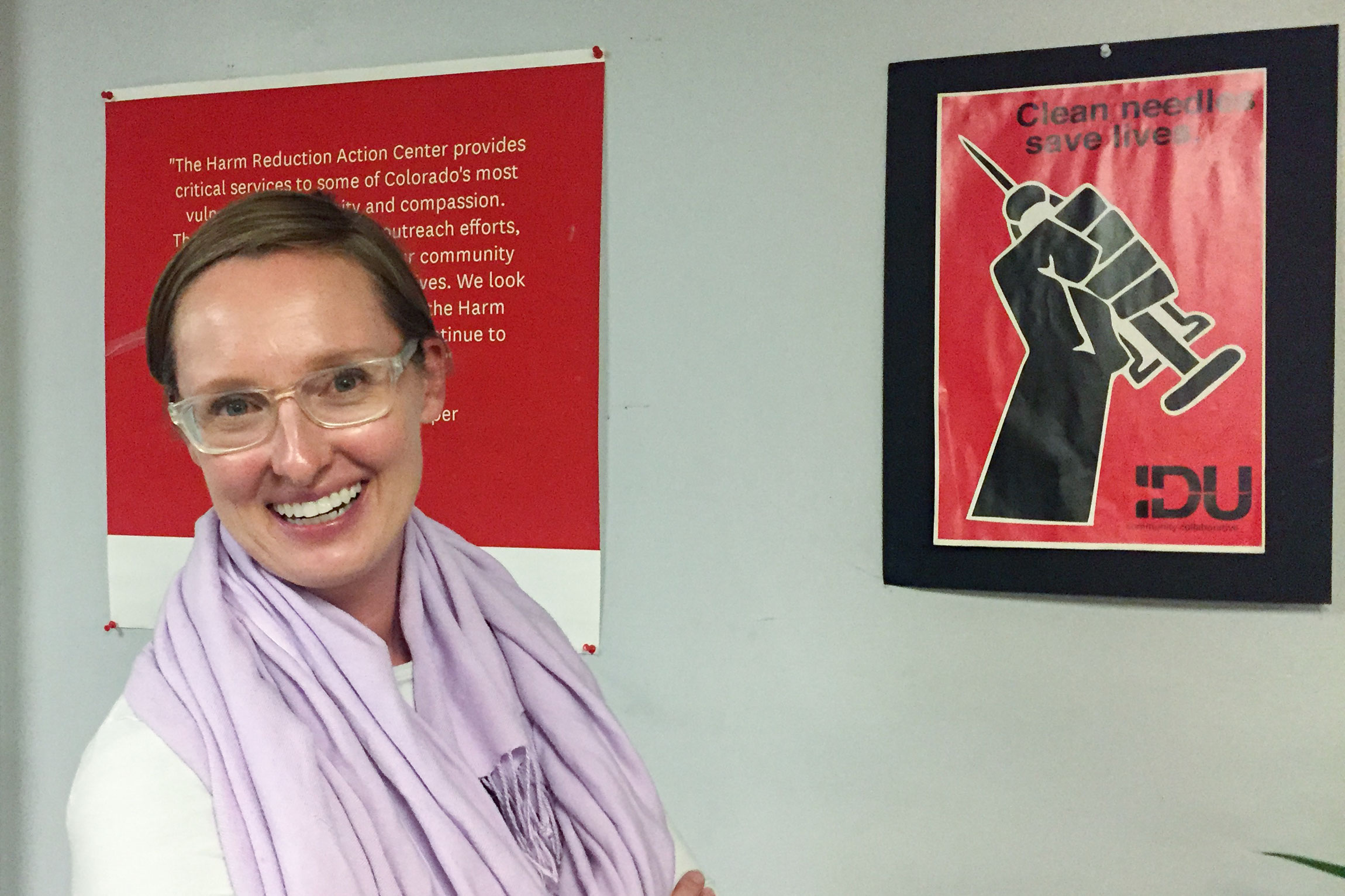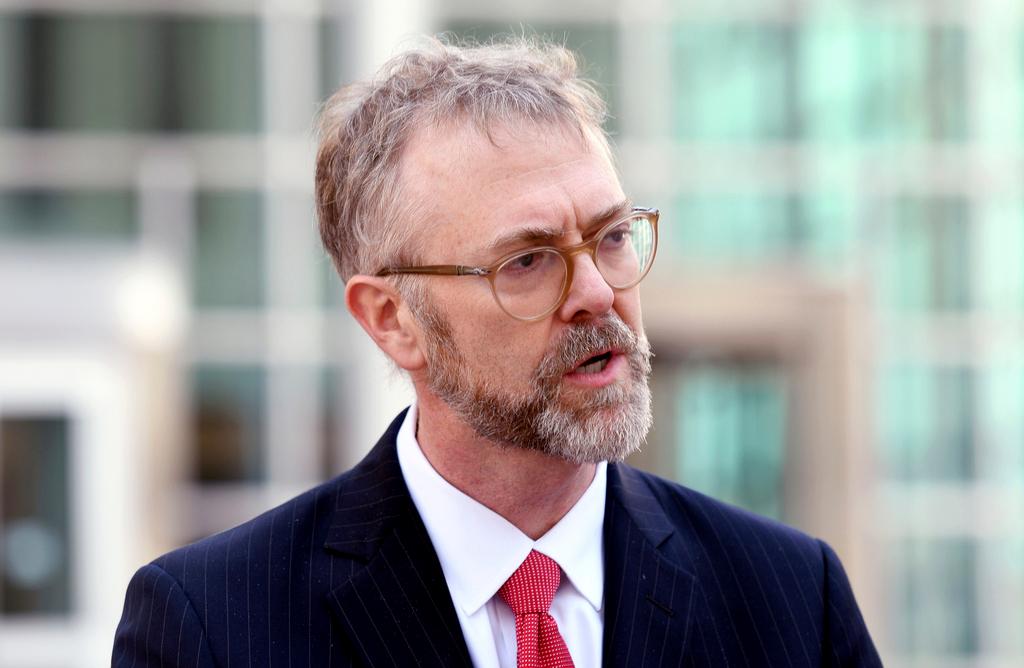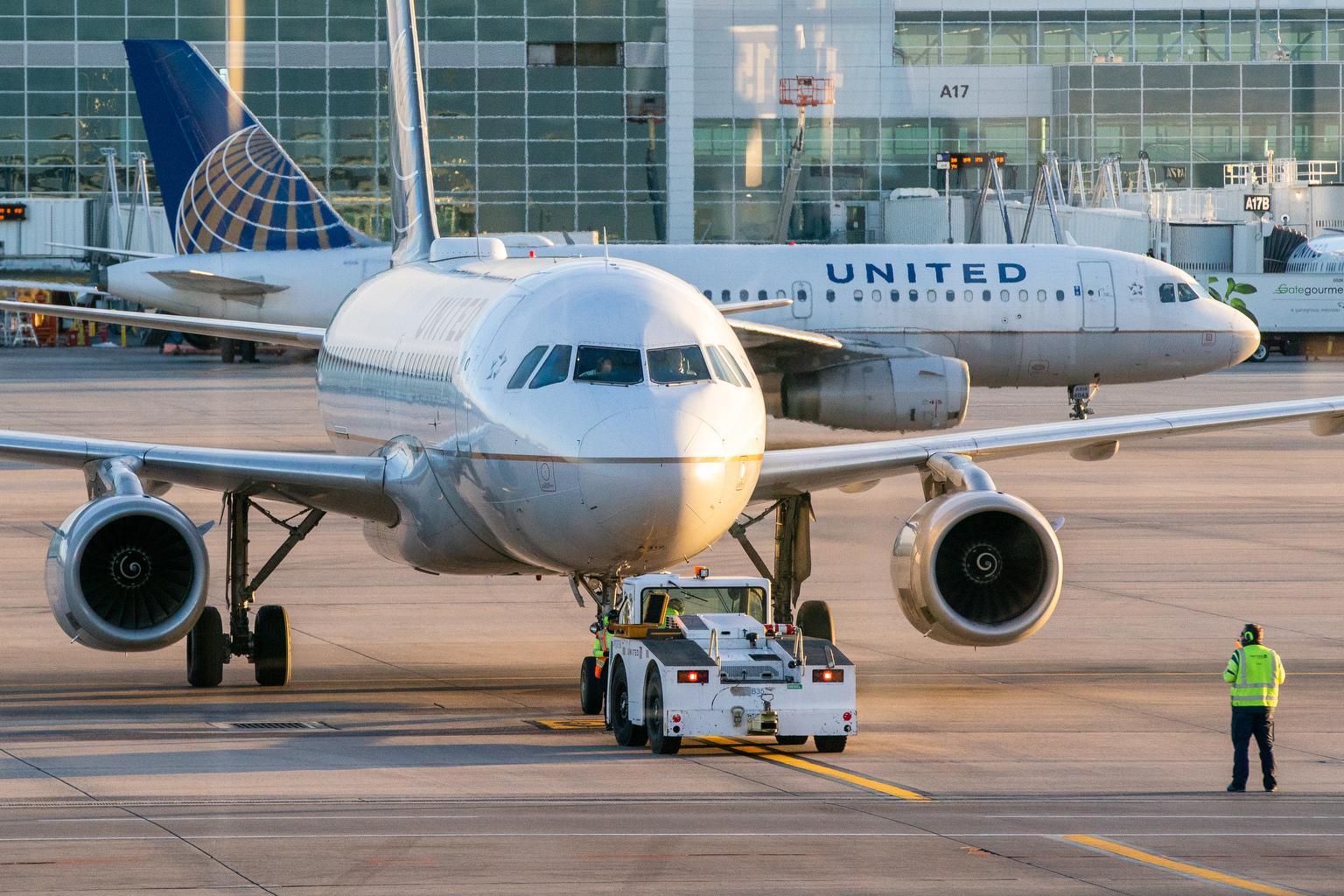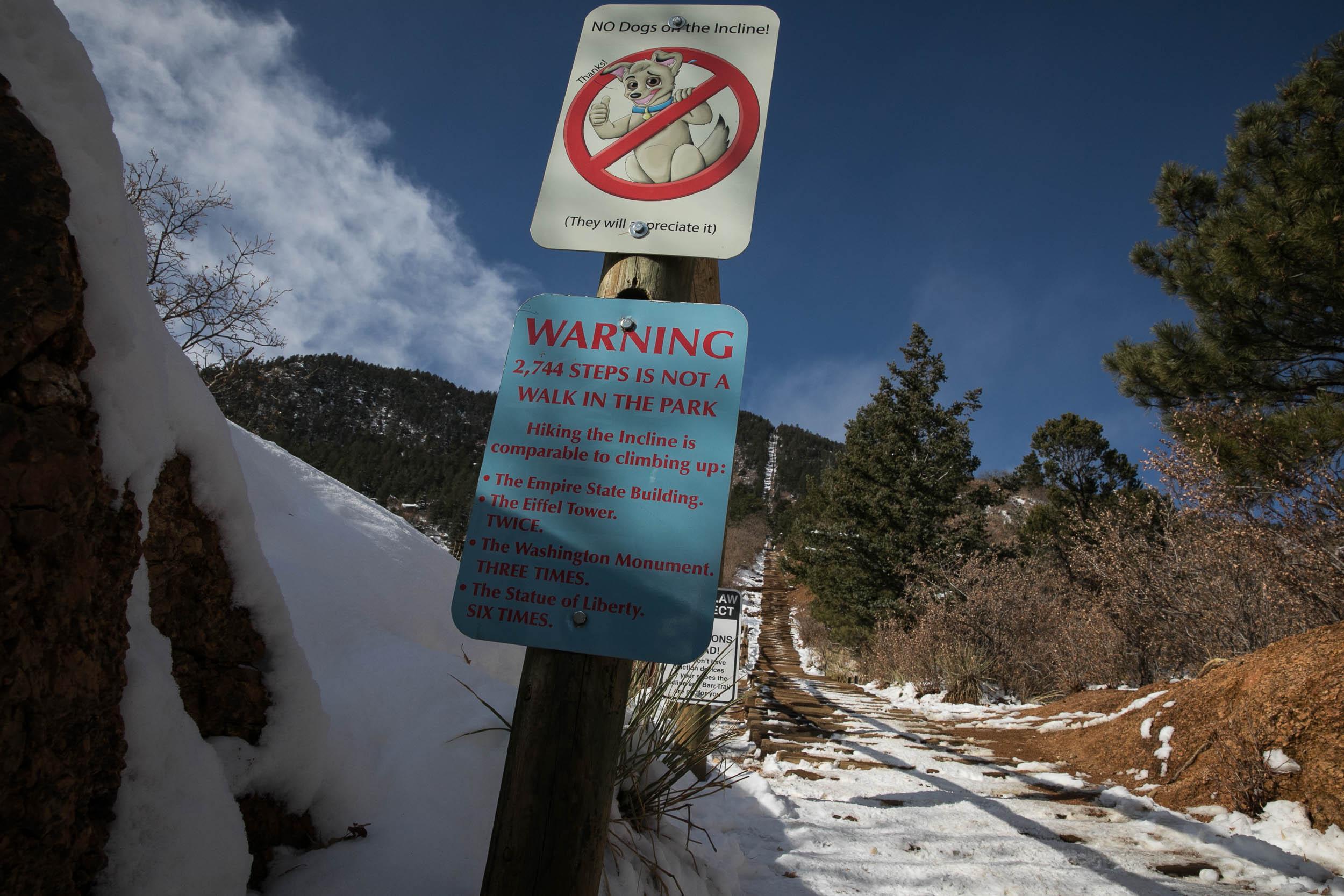
Just north of the state Capitol in Denver, there’s a place where injection drug users show up every weekday to drop off dirty needles and pickup clean ones.
This is the Harm Reduction Action Center.
To get inside, you have to first go through a run-down iron gate. The center, basically just a large carpeted room with tables and chairs, is full of red bins of used needles and boxes and boxes of new needles.
The public health idea behind the center is to reduce the harms associated with drug use, like accidental overdoses, and curb the spread of Hepatitis, HIV and AIDS. Staff and volunteers teach users how to keep their veins healthy and to avoid overdosing. There's naloxone on site which can reverse an opioid overdose. There's also warm coffee, counseling and a bathroom sink so those who are homeless can take a quick sponge bath.
“One thing that people think about people who inject drugs is that they don't care about their health,” said executive director Lisa Raville. “We actually talk about it every day in every way. No one is mandated to be here, which is really great; we appreciate that. So they're being proactive about their health.”
However, under the law, users have to leave the premises before they can inject.
Some advocates and lawmakers say that leaves drug users vulnerable to overdose deaths and results in dirty needles left in the city's alleys, parks and even libraries. The center acts as a clean needle exchange, not a safe-injection site, which is a proposal lawmakers may soon take up.
Needle exchanges for street drug users weren't legal in Colorado until 2010. Denver’s is the largest in the state and takes in about 3,000 used syringes a day. Research shows this approach saves lives. But many still overdose and die. In a two-week period this year, the center lost six people. They are gone, but not forgotten. There’s a wall inside covered with dozens of photographs of participants who have died.
There’s Help, And Fellowship
Half the staff — including the volunteers — are former or current drug users. Volunteer Steve Pinkerton is 37 and homeless, like many of the clients, yet he has a background in nursing. As he puts it, he’s a “caretaker by nature.”
“I like taking care of things and being helpful and nurturing and all that gushy crap,” he said.
One of the principles of the Harm Reduction Action Center is accepting that drug use, for better or worse, is part of our everyday world. Pinkerton is still a methamphetamine user. He said he usually injects at night and thinks his own drug use makes him a better volunteer.
“I'm out here on the streets with all the other clients,” he said. “So, I see them, you know, in the morning before I come here. I see them at night when I go to sleep on the street with my blowup mat and my sleeping bag. I'm just no different than any of them.”
Most at the center are homeless, typically between the ages of 18 and 44. Many inject meth or heroin — or both. Other than that, programs director Kat Humphries said you can't categorize them.

“We see every single type of person you can imagine, from somebody in a business suit coming in and out, to somebody who isn't that, you know? And I, we, all have these shirts that say ‘I love drug users’, and that's true,” Humphries said. “I love all the people that come in here that we interact with. They are funny; they make me laugh every single day; we have a great time. And sometimes people have bad days, but mostly they are people that I really consider like looking forward to seeing every day.”
It’s Not About Drug Abstinence, It’s About Saving Lives
They don’t talk about drug abstinence. They will tell you that's not their mission. Their goal, said Lisa Raville, is to keep people out of the hospital and alive. Users know that society wants them to be off drugs she said, the center only talks about treatment if they bring it up first.
“There's one reason or another that people can't be in recovery today. So even if folks are crying and standing in front of us, we can't get them in and they're going to have to use,” Raville said. “We're creating a relationship with a very marginalized population that when they want to do something different, we're the first people they come to.”
Not everyone is what Raville would call "a problematic drug user.” She thinks lots of users can still lead productive lives, even work while still using.
There's been a lot of attention lately on overdose deaths from opioids. But there are also an increasing number of meth users in Colorado, including many who shoot it up. Kat Humphries said methamphetamine can be fatal too.

“We have a lot of heroin users who use meth to stay up, so that they aren't robbed or assaulted at night on the street [or] because they will literally freeze to death on the streets otherwise,” she said. “We have meth users who use heroin to come down and go to sleep. And I think that it's really important to understand the motivations for why people are using those drugs.”
How The Center Figures Into Lawmaker’s Plans
The city council and the state legislature are considering making Denver among the first cities to open what they call a “supervised” use site. Safe-injection sites are pretty common in other countries. The often look more like a health clinics with booths where people can inject with clean needles under medical supervision in case something goes wrong.
Lisa Raville is leading the charge.
Right now the center provides everything users need to mind their health, and to prevent the spread of HIV and Hepatitis C. But, after that, she said, “essentially, we send them out to go to an alley six blocks away to inject, right?”
“We want to take injecting out of the public sphere and put it into a controlled environment,” Raville said. “People can dispose of their needle right away, which is really great; we want to make sure that that's a possibility for folks. It decreases skin tissue infections that can be very costly in the [ER]. We're losing too many people in our community.”
At dozens of facilities all over the world, Raville said no one has died of an overdose because there's always a trained professional there. And from a public health perspective, she said you get needles and users out of parks and libraries.

As for a location, she hopes the safe-injection site could be in the same place the center is now.
Denver’s City Council recently held a community forum to reassure residents and the reaction was largely favorable. A bill to allow a safe-injection site will go before the legislature in 2018 and, so far, there's bipartisan support for it. Democratic State Rep. Brittany Pettersen, of Lakewood, whose mother's a recovering heroin addict, is backing the idea.
“I understand where the perception around some of this comes from,” she said. “This is not promoting this… this is making that we're keeping people alive today and increasing the likelihood of them actually moving toward recovery.”
Pettersen is also backing several bills focused on getting a handle on drug use in Colorado.
As for Steve Pinkerton — again, he’s both a volunteer and meth user at the center — he's not sure what he's moving toward.
“For the first time in my life am not trying to figure out when I will stop using drugs,” he said. “And I, for the first time in my life since coming here actually, I can say this; the Harm Reduction Action Center taught me how to not shame myself; how to not hate myself. And it taught me for the first time how to begin to love myself and accept myself. And that I can be a productive member of society while using drugs.”
Editor's Note: This story has been updated to clarify Kat Humphries position title with the Harm Reduction Action Center.







